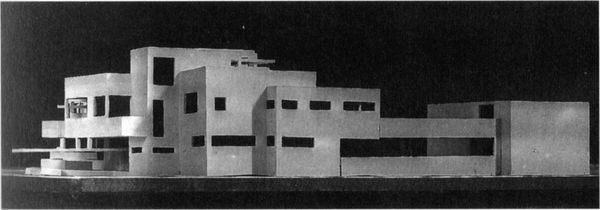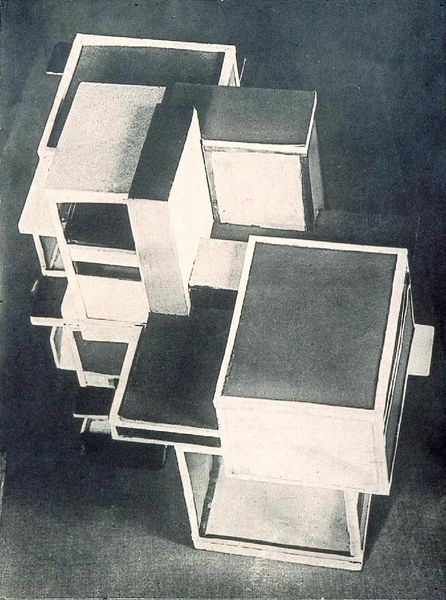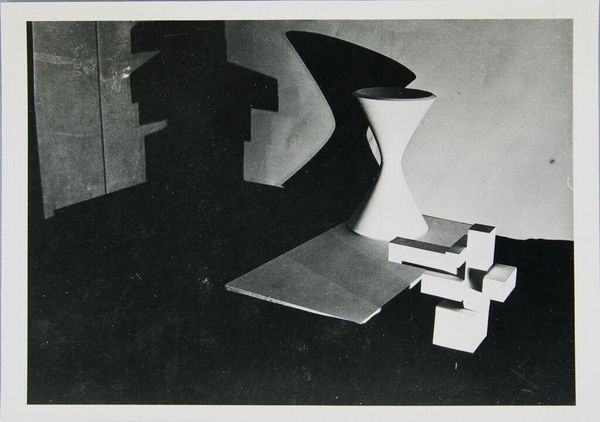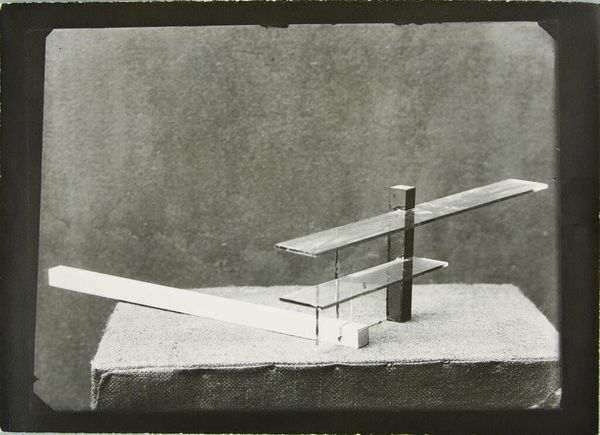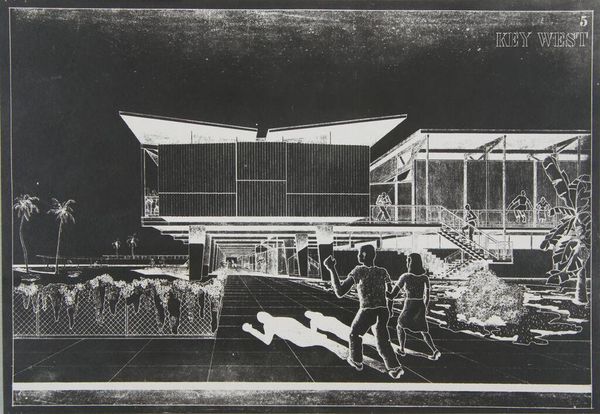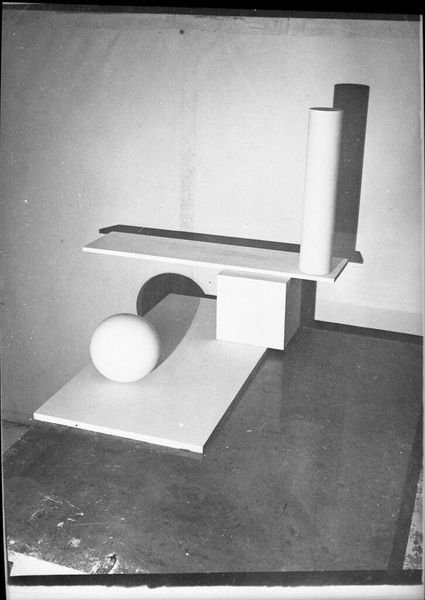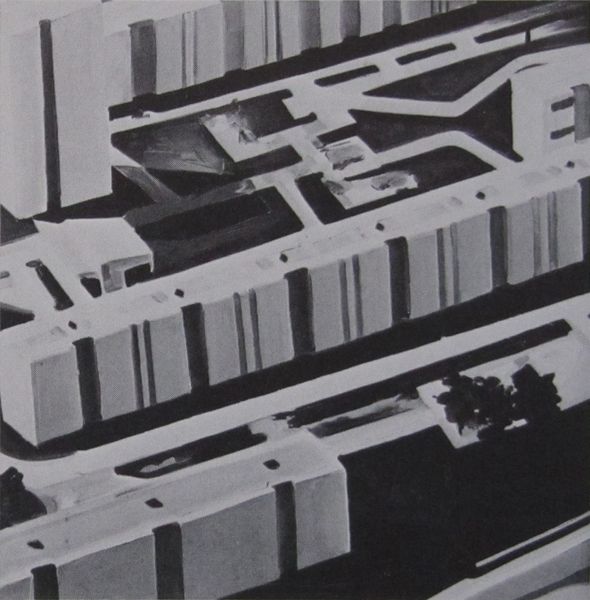
maquette, wood, architecture
#
maquette
#
sculpture
#
architecture mock-up
#
constructivism
#
building art
#
geometric
#
architecture model
#
wood
#
architecture
Copyright: Public domain
Curator: So, we're looking at Theo van Doesburg’s “Model of a Mansion” from 1923, constructed of wood. What strikes you about this architectural model? Editor: The stark geometric forms are quite compelling, almost cold. It seems so modern for its time. What's interesting is how it uses wood; I tend to associate that material with warmth. What do you see in this piece? Curator: The materiality is key here. Think about the Constructivist movement. They embraced industrial materials and processes, challenging the traditional art world. Using wood to create these sharp, geometric shapes forces us to reconsider its conventional associations with craft. It challenges the separation between “high” architecture and more basic modes of construction. Who would this "mansion" have been made for and by whom? Editor: So, the choice of wood wasn't just about aesthetics but a conscious decision about democratizing design, perhaps? Curator: Exactly. And consider the labor involved. Building this model requires a certain level of craftsmanship, a specific set of skills. Are these skills valued in the same way as those of a painter or sculptor? And how does this architectural plan relate to actual building processes in terms of materiality, labor, and social needs? Editor: It reframes how we value the making of things, then? It moves the emphasis away from pure aesthetics. Curator: Precisely. Van Doesburg isn't just showing us a building; he is questioning how buildings come into being and how they reflect social hierarchies. Think of the means of production required to even begin something like that: sourcing, measuring, planning, the labor. Editor: I had not considered the labor involved in its making before. Seeing it as a commentary on social and material values makes a lot of sense. Thank you! Curator: Absolutely, understanding the material reality is fundamental to interpreting the art and its position within the art market.
Comments
No comments
Be the first to comment and join the conversation on the ultimate creative platform.

